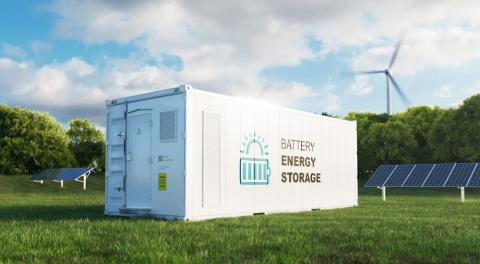New China Data Shows How the Coal Export Industry Is at Risk
Statistics for the first six months of the year released this week by China’s National Energy Administration show the continuation of a major electricity sector transformation, with profound ramifications for the coal export industry.
While China’s electricity demand grew by 1.3 percent year over year from June through January, its coal consumption dropped by 5 percent, building on the 3 percent decline reported in the full year of 2014.
What it comes down to is that China has decoupled its economic growth from its coal usage. These new figures starkly demonstrate that while electricity demand continues to rise and GDP growth remains at a level that would turn any Western treasury green with envy, coal consumption is rapidly declining as the country focuses on shifting to an “everything but coal” energy mix.
Thermal coal consumption in China peaked in 2013 and is on track to decline by 155 million tonnes in 2015. That’s on top of the 95-million-tonne decline reported in 2014. Utilization rates for thermal-fired power stations declined, too, from 54.2 in the first half of 2014 to a record low 49.3 percent in the first half of this year.
Meanwhile, wind-farm electricity generation in China was up 29 percent year-over-year in the first six months of 2015, thanks to the installation over the past 12 months of 22 gigawatts of new wind-farm installations. Hydroelectricity production is up 12 percent year over year with 15 gigawatts of new hydroelectricity capacity commissioned in 2014 and in the first half of this year. China has also added 4.4 gigawatts of nuclear and 12 gigawatts of large-scale solar in the past year.
ALL OF THIS ADDS UP TO GLOOMY NEWS FOR COAL-EXPORTING COUNTRIES, IN NO SMALL PART BECAUSE CHINA HAS MOVED TO PROTECT DOMESTIC PRODUCTION to meet coal demand where it still exists. Imports in the first half of 2015 were down 38 percent year over year, on track to decline by more than 80 million tons year over year in 2015; a number almost double the combined increase in demand for thermal coal imports from India and all of South East Asia expected this year.
That 5 percent decline in China’s thermal coal demand since January will be a major point of discussion at China Shenhua Energy Corporation, owner of the recently approved Watermark mine, which has yet to open but is already on thin ice. Shenhua this year has stopped importing coal into China in order to limit the erosion of demand for its highly profitable domestic operations.
In upcoming meetings, the company’s board will have to weigh the A$700 million it has sunk already into the Watermark project versus whether to invest an additional A$1bn to keep it going. Watermark, in short, is a potentially stranded asset, with high transportation costs.
Shenhua is a vertically integrated coal-fired power company, and it doesn’t need Watermark. If it proceeds with the project, it will probably end up having to close existing mines in China to accommodate excess supply in a declining market. Such realities make for a compelling case for walking away from Watermark.
OUR RESEARCH FINDS THIS LATEST DATA OUT OF CHINA REFLECT A SIGNIFICANT GOVERNMENT FOCUS ON FORCING A STRUCTURAL ECONOMIC SHIFT away from energy-intensive sectors like construction and toward less energy-intensive service and consumer industries.
This change is appearing now in the data. Heavy industry electricity demand declined by 0.9 percent year over year in the first half of 2015, while tertiary demand—for office equipment, kitchen appliance, heating, ventilation and air conditioning—increased by 8.1 year over year and residential demand was up 4.8 percent.
So while GDP grows at 7 percent, heavy industry is declining and consumer and service industries are reporting strong growth.
The nexus between economic growth and coal usage in China has been cut. Month after month, year after year, the figures tell the same story. China is rapidly ceasing to be an importer of seaborne thermal coal.
The message to investors is plain: this is a sector in structural decline.
And there’s this to consider as well: India, the second most populous nation on Earth, has now firmly embarked on a similar electricity-sector transformation that will result in an end in the next decade to thermal coal imports there too.
Tim Buckley is director of energy finance studies, Australasia.















